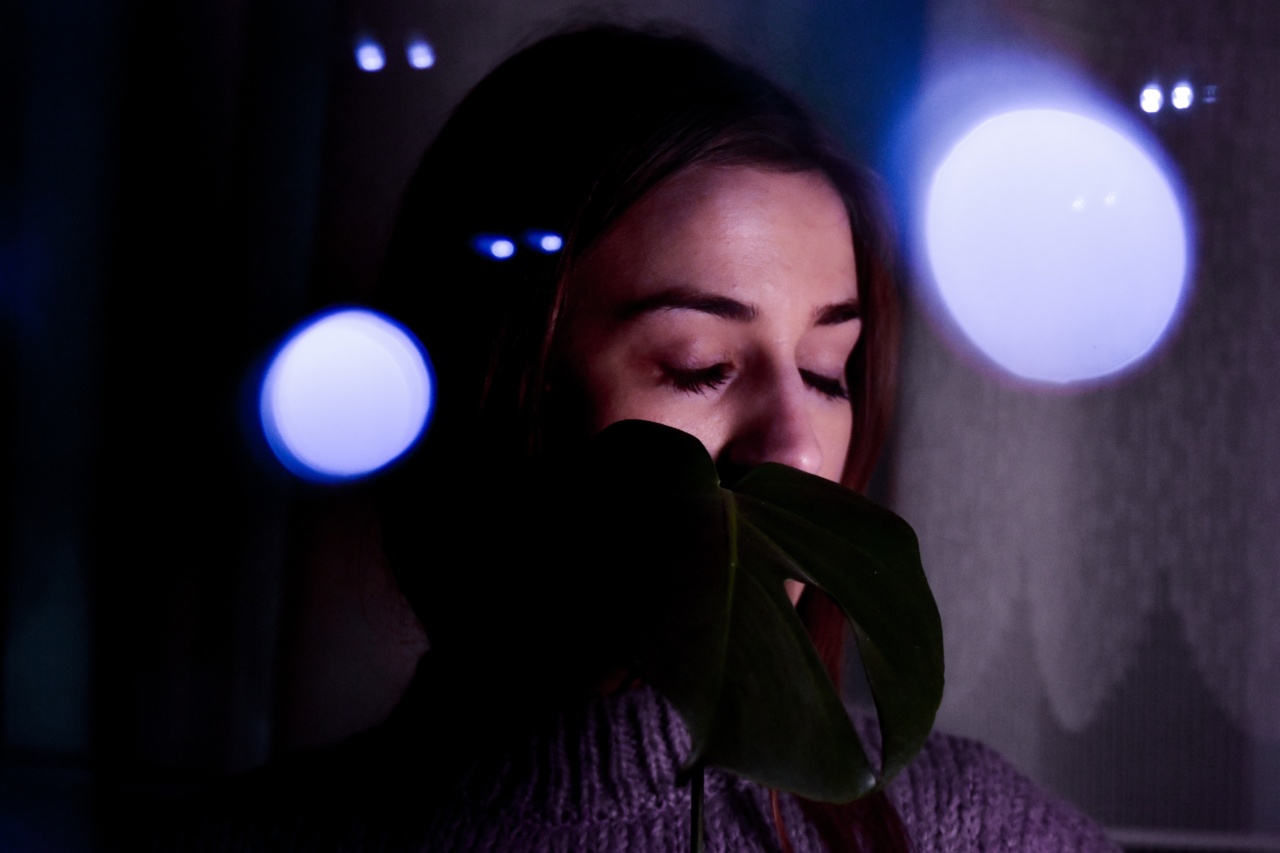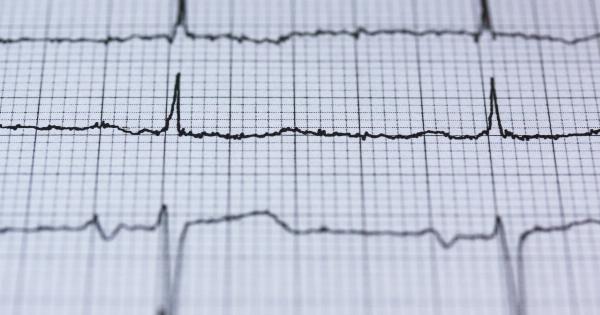The female vagina can be a mysterious place, and there are many myths and misconceptions about it. One of the most sensitive and mysterious parts of the vagina is the clitoris.
While most people have heard of it, many don’t understand its true function or how to stimulate it properly. In this article, we’ll explore the hidden mysteries of the clitoris and help you learn how to unlock its full potential.
What is the Clitoris and Where is it Located?
The clitoris is a small, highly sensitive organ located at the top of the vulva, where the labia minora meet. While its size can vary, it is generally around the size of a pea or small button.
The clitoris contains thousands of nerve endings, making it one of the most sensitive parts of the female body.
What is the Function of the Clitoris?
The clitoris is primarily responsible for sexual arousal and orgasm in women. When the clitoris is stimulated, it can cause intense pleasure and lead to orgasm.
However, it’s important to note that not all women are able to achieve orgasm through clitoral stimulation alone. Some women may also require stimulation of the G-spot or other areas in order to reach orgasm.
How to Find the Clitoris
Locating the clitoris can be tricky for those who aren’t familiar with the female anatomy. The clitoris is located at the top of the vulva and can be found by separating the labia minora.
It may be easier to locate when the woman is aroused, as the clitoris may become more prominent and sensitive. Once located, the clitoris can be stimulated through gentle rubbing or tapping.
The Different Types of Clitoral Stimulation
While the clitoris can be stimulated in many ways, there are two primary types of stimulation: direct and indirect. Direct stimulation involves touching the clitoris directly with fingers or a vibrator.
Indirect stimulation involves stimulating the clitoris through the labia or other surrounding areas.
The Importance of Communication and Consent
When it comes to clitoral stimulation, communication and consent are key. Before engaging in any sexual activity, it’s important to have an open and honest conversation about what feels good and what doesn’t.
Remember, everyone’s body is different, and what works for one person may not work for another. Additionally, consent is crucial when it comes to sexual activity. Always make sure your partner is comfortable and engaged before proceeding.
The Stages of Clitoral Orgasms
Clitoral orgasms can happen in different stages. These vary from person to person and can include:.
Stage 1: Arousal. During this stage, the clitoris becomes engorged with blood and becomes more sensitive.
Stage 2: Plateau. In this stage, the clitoris reaches maximum sensitivity and pleasure, just before orgasm.
Stage 3: Orgasm. This is the peak of sexual pleasure, where a person may experience contractions throughout their body.
Common Myths About the Clitoris
There are many myths and misconceptions surrounding the clitoris. Here are a few of the most common:.
Myth #1: The clitoris is only found on the surface. In reality, the clitoris extends deep into the body.
Myth #2: The clitoris is only important for sexual pleasure. While the clitoris is primarily responsible for sexual arousal and orgasm, it also plays a role in overall sexual health and function.
Myth #3: The clitoris is the only way to achieve female orgasm. While the clitoris is a major player in female orgasm, there are other erogenous zones that can also lead to orgasm.
Conclusion
The clitoris may be a mysterious and sensitive organ, but with the right knowledge and techniques, it can provide intense pleasure and lead to incredible sexual experiences.
Remember, communication and consent are key, and every person’s body is different. Take the time to explore and discover what works best for you and your partner.



























